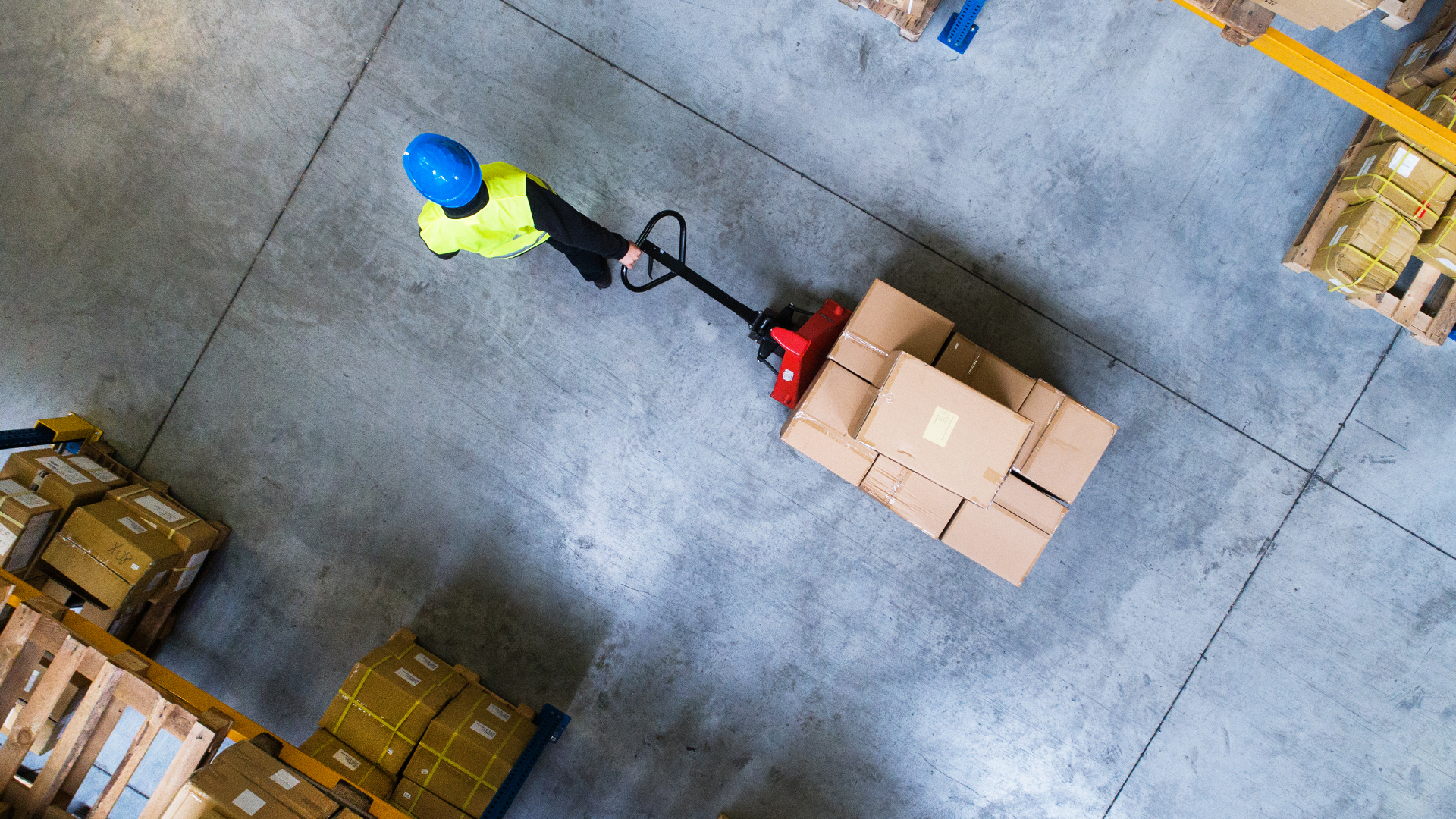There is a new attraction along the KZN North Coast that, on first encounter, induces a sense of slack-jawed wonder. We are talking, of course, of the many hundreds of trucks that snake for kilometres choking the N2 freeway as they wait, sometimes for days, to enter the bulk terminals at Richards Bay harbour, the home of the world’s largest privately operated coal terminal.
The government has at last recognised that South Africa’s logistics network is as important as its electricity grid in creating jobs, generating tax revenue and attracting investors. For decades, we have seen white papers and policy documents emphasising the importance of South Africa’s rail, road and ports, but unfortunately the state-owned entities (SOEs) have simply struggled to deliver on the promised growth in GDP that an efficient logistics sector would fuel.
However, this year, government actions mark a shift in this thinking and our sense is that the hard-pressed mining and logistics industries intend holding Transnet’s feet to the fire. This new approach is highlighted in a recent statement from the Presidency responding to a 30% decline in rail volumes over three years and a R500 billion loss in exports to the mining industry. This does not include revenue losses to the supporting logistics industry.
The Presidency has formed a crisis committee for logistics based on the successful partnership with the private sector and private advisors seen during the pandemic. That committee includes Ministers, DGs and SOE executives as well as business leaders. The committee is facing compulsory regular meetings with the task force set up by the private sector to address the crisis. Norton Rose Fulbright has offered to support the task force on a pro bono basis as we are committed to being part of the solution to South Africa’s economic growth.
A draft 124-page advice on what needs to be done is to be debated by cabinet and is not yet available in the public domain. There is little doubt, however, that it will address the massive systemic problems created by SOEs lacking the capacity and South Africa lacking the government funding to maintain, run and upgrade the ports and railway system. A constant theme of these logistics updates has been that it is recognised globally that an investment in transport infrastructure generates the highest return on a country’s GDP compared to any other investment. It is impossible to increase efficiency without first upgrading the required infrastructure.
Investment is sorely needed to rebuild, replace and revive the infrastructure that the SOEs need. It has also become clear that the private sector has the skills and experience, and access to the capital, to either run terminals or railway lines on a concession basis.
Our previous comments on the rail network which can be found [here] and [here], reported that the government intended to:
- corporatise divisions within Transnet to split the railway network into an infrastructure company and freight and passenger operating companies; invite and allow mining companies to operate the heavy haul commodity lines including the Sishen-Saldanha iron ore line, the Kroonstad-East London manganese and agriculture products line and the Mpumalanga-Richards Bay coal line;
- invite private operators to prepare, upgrade and operate the busiest rail corridor in Africa being that between Gauteng and Ethekwini. This corridor has seen a decline from 80 percent to 13 percent of the volumes of cargo between these two centres and a decline from 90 trains per day to 16 trains per day;
- build high speed freight and passenger rail lines between Gauteng and Ethekwini, Gqeberha and Cape Town; and
- on the back of AfCFTA engage with neighbouring countries to standardise the rail gage and the regimes which governed carriage of goods by rail.
Unfortunately, there were no bidders for the Gauteng-Ethekwini rail corridor, and the two-year concession awarded for the Kroonstad-East London manganese and agricultural product line has just been cancelled.
Short-term contracts are obviously unattractive to the private sector, but it is possible that the other conditions attached to successful bids for private operators make them unattractive to private operators. New entrants would have to invest heavily in repairing infrastructure damaged by decades of neglect and massive theft.
They would also have to invest heavily in new rolling stock which generally has a life span of around 30 years. Rolling stock manufacturers and below rail specialists are available in South Africa privatisation of some of the lines would be a boon to those manufacturers and may even allow the steel industry to be revived. To avoid union disruptions and the loss of the government’s support by the labour federations, private operators would be prevented in the medium term from retrenching any of their managers or employees who have helped drive these SOEs into the dire situation in which they find themselves.
Companies such as the mining industry are facing massive losses and exponential increase in landside transport costs, may be prepared to take over these corridors even if they run at a loss due to the factors cited above. This is simply because that loss is less than the losses they are already suffering and will continue to suffer in the future.
As far as ports are concerned, although some port managers are making valiant and innovative plans to improve the situation, they remain the bottom ten of the 348 global ports rated. This is partly due to the inefficiencies that plague the SOEs, but also because the port is simply the terminus of a long chain of other service providers and their infrastructure, all of which depend on municipal and provincial infrastructure support for maintaining a well-oiled logistics chain. For example, the CEO of TNPA’s eastern region has identified the numerous problems that beset Richards Bay and has developed appropriate solutions, but requires the cooperation of local municipality, SAPS, TFR and considerable investment to give effect to those solutions.
Privately run port terminals, too, need to need to invest in the required infrastructure to cope with the increased demand for product and should be appropriately incentivised to do so.
It is hoped that the crisis committee will have a mandate to implement its decisions without needing extensive consultation and approval from every single player in the logistics industry. The currently log jams in the supply chain have been a long time in the making and has been flagged for decades while South Africa watches its neighbouring countries chip away at our role as the gateway into Sub-Saharan Africa by developing their own corridors and terminals.
To reverse this trend and resuscitate our rail and port network not only for South African businesses, but also to take advantage of the huge potential benefits offered by AfCFTA, the government is going to have to treat this with the same urgency it treated the pandemic. If it does, South Africa and its people and business will derive enormous benefit which is to be welcomed.





